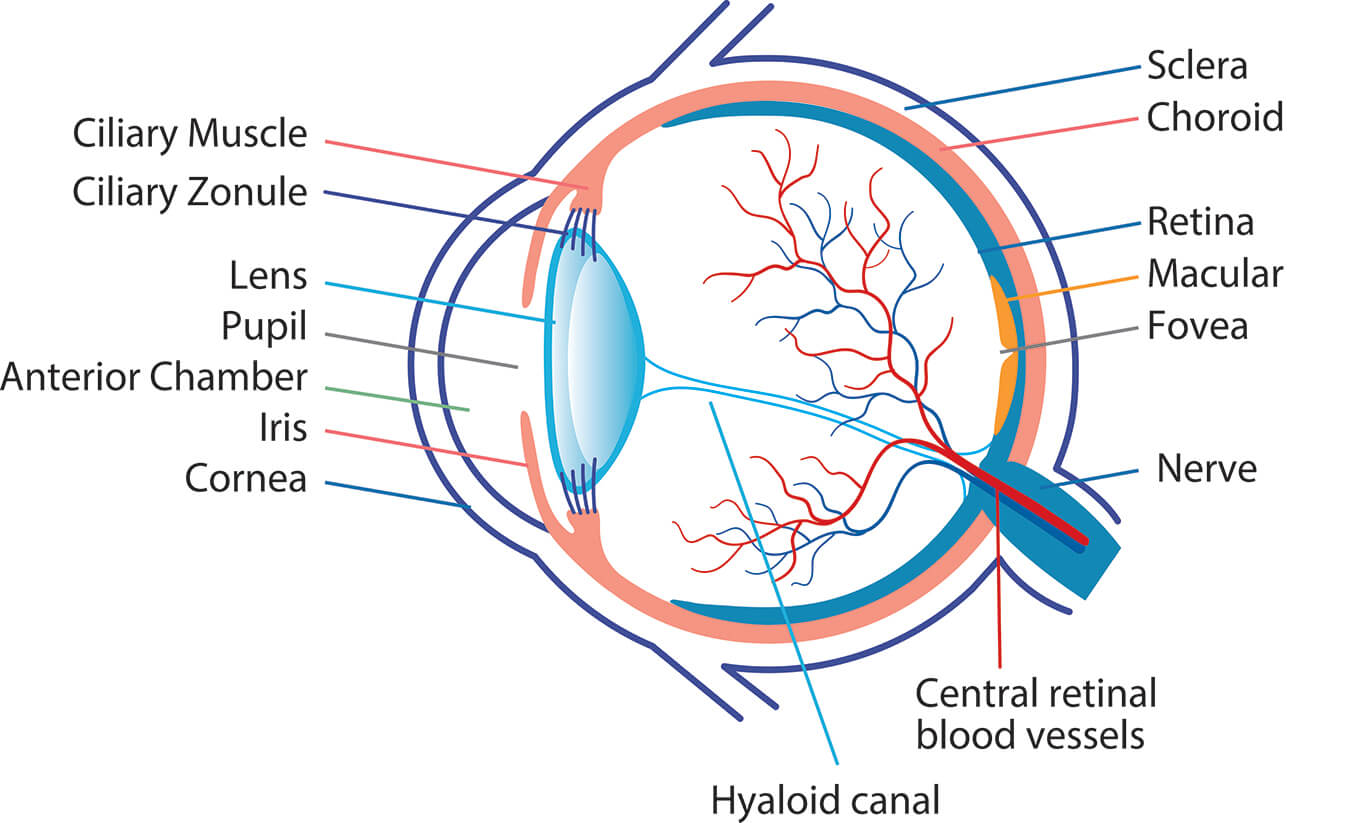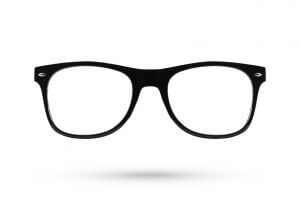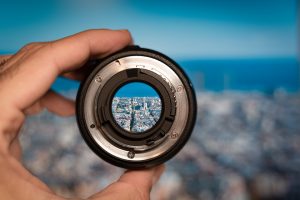Posted on: Monday, August 1st, 2022 In: Learning Optics with Austin
Lenses come in all different forms, not just through the process of manufacturing. In fact, our own eyes are an optical system. Four main “components” to our eye are: 1) muscle, 2) lens (crystalline), 3) Pupil, 4) Retina. Closing your eyes when there are bright lights is an act of the muscles while the pupil dilates (enlarges) when it is dark so more light can be captured. The lens in our eyes is a convex lens that focuses the light onto the retina.

Our eyes are not perfect systems. Cataracts form on the retina and clouds a person’s vision. Myopia, otherwise known as near-sightedness, is when light falls short of being focused on the retina and thus images far away appear blurred. To fix this, a concave lens is needed which is the type of lens for glasses worn by near-sighted people. Presbyopia is the opposite condition when light has not been focused before reaching the retina. This causes things nearby to appear blurred which becomes a problem for tasks such as reading. To remedy this, a convex lens is used to correct the image.

For all the problems associated with our eyes, cameras are modeled after them. The main parts of a camera are: lens, prism, and mirror. The lens of a camera are equivalent to the lens of our eyes while the mirror has no counterpart but shortens the length of the camera. Cameras mounted on systems such as an unmanned aerial vehicle (UAV) have additional considerations such as resolution, weight, and cost. While a lower cost is preferable, a better resolution and lighter weight usually correlates to a higher cost and thus must be taken into consideration when designing such systems.

